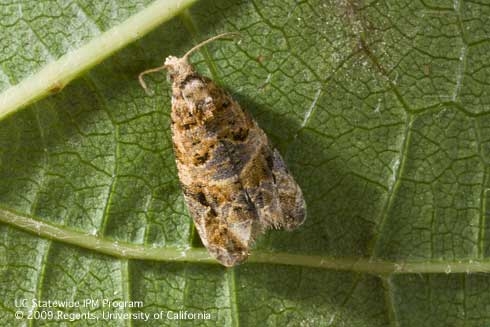European grapevine moth (EGVM), Lobesia botrana, was recently found in Fresno County. Traps set in the southeast portion of Fresno County, detected a small population of European grapevine moth (EGVM) in the Fowler/Del Rey farming community. The moth finds resulted in a quarantine being placed on a 96 sq mile area that will necessitate special management protocols for growers. The insect has the potential to cause great economic harm to California’s diverse grape industries. Common to Europe and the Mediterranean, European grapevine moth has been intercepted across the US where international travelers, cargo and/or mail disembark from planes originating from overseas. Currently, the grape industry organizations, the University of California and local, state and federal governments are working hard to eradicate EGVM from Fresno County and end the quarantine.
What Does It Mean To Be A Quarantine Pest?
A quarantine is “triggered” when two adult moths or one egg, larva or pupa are found within a three mile area. The quarantined area covers a five-mile radius from the location of the first properly identified insects. A quarantine area could also become larger if additional insect life stages are found further from the “original” location. When a quarantine is in place for a specific pest (i.e. EGVM), movement restrictions out of the quarantine area are placed on all commodities and their respective products. In the case of EGVM, grapes for crush, raisin and table, as well as fresh fruit other than grapes, nursery stock and green waste coming from host material are regulated. To move restricted plant material out of the quarantine area, growers must sign a compliance agreements.
For more information on compliance agreements contact your local Agricultural Commissioner.
Attached Images:
